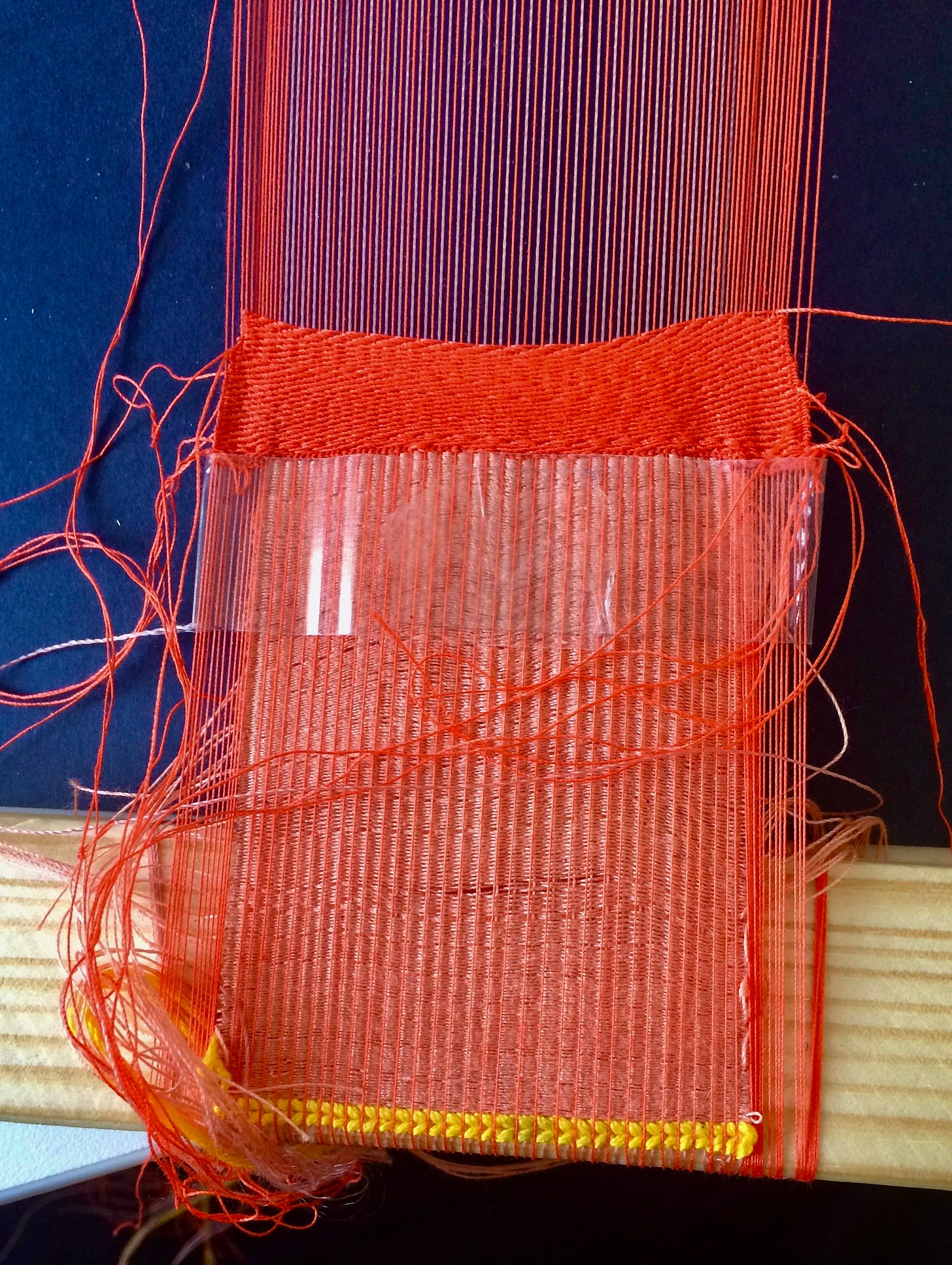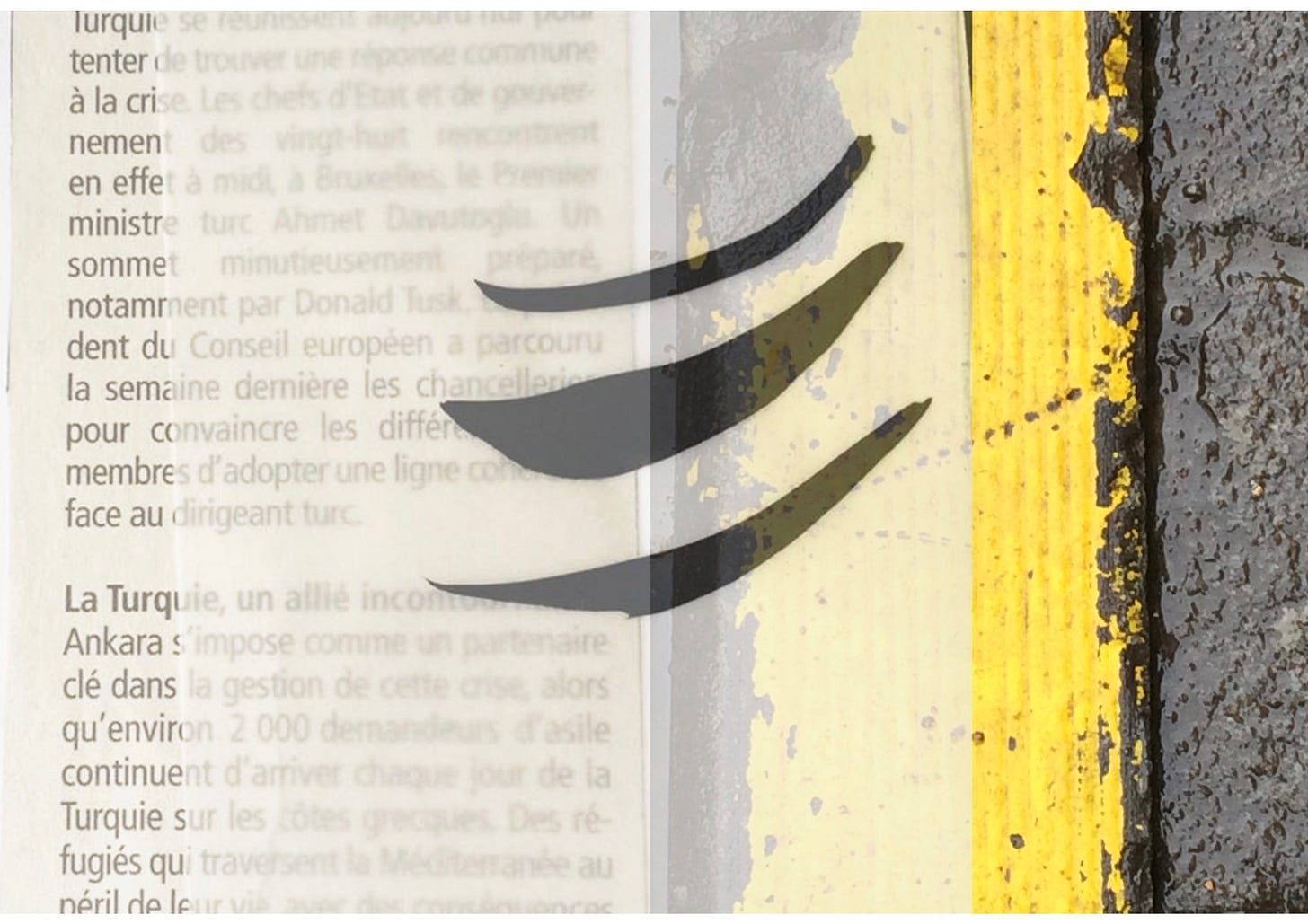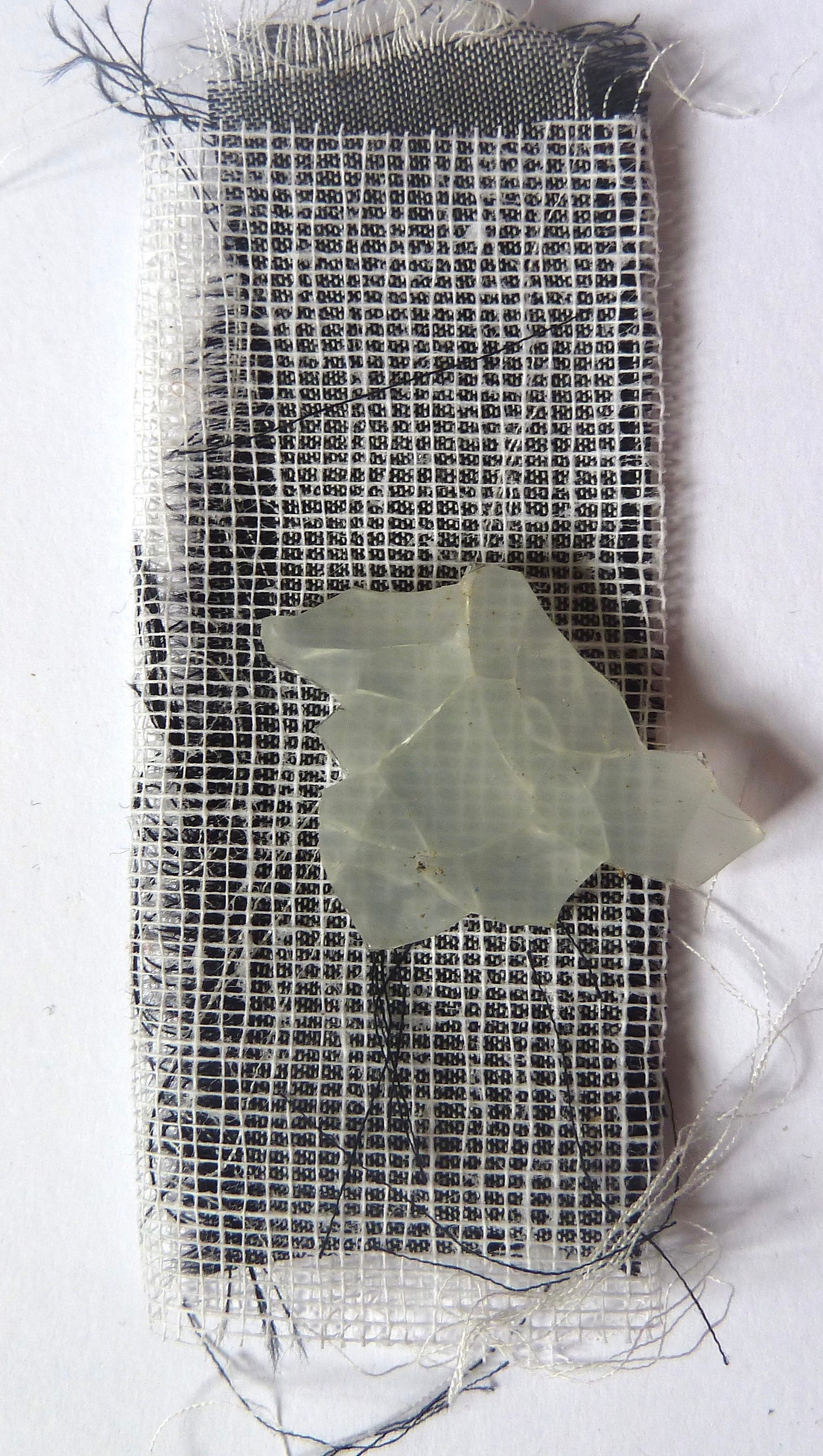“As language empties itself, exhausted by the frantic quest for categorization, modern culture is reaching the ‘tip of the tongue’…the shocking places of the unsayable. The ‘new’ story will not be a brilliant arrangement of words; it will be a gasp.”
- Bayo Akomolafe
When I was sixteen or thereabouts my mum asked me the following question;
“If you could envision yourself doing anything what would it be?”
And I said something along the lines of;
“I want to make performances wherein I am the performer but I’ve also designed the costumes and I’ve written it and I’ve dreamt up the set and I’ve thought about the lights… basically creating whole performance worlds.”
I didn’t have the word for it then, but I was talking about interdisciplinary practice. My sixteen year old prophecy came true.
On my educational path I studied textiles; graduating with a BFA in Textile Art and Artefact from the National College of Art and Design, Dublin, Ireland. As part of my training I went abroad to study tapestry in a design program in Paris. Studying tapestry design through French challenged me to learn two new languages simultaneously.
Alongside French, I was also learning to become fluent in a new creative language; tapestry design. I had to adapt from a fine art vocabulary (expansive, expressive, messy and experimental) to a tapestry design vocabulary (methodical, meticulous, detail oriented, traditional, functional) and the process was confronting. It required me to channel and streamline my rather splashy, big-picture, broad strokes, very trial and error approach to art-making into something much more strategic, contained and defined.
I haven’t made any traditional tapestries since (and by traditional I mean made using a literal frame + thread). But I do consider my approach to interdisciplinary practice to be a kind of weaving or braiding process. I am constantly threading in new strands of colour, texture, object, theme, sound, medium, approach, method, collaborators etc to compose immersive and multi-textural performance worlds.
The challenge with interdisciplinary practice is that people love categories. The art world loves categories, the music world loves categories, the theatre world loves categories. In fact, I would go as far as to say that categorisation is a core part of the Western education system and a key perceptual framework through which we filter all of our life experience. We are conditioned to make sense of and give order to the world through a process of categorisation.
Because this categorical way of thinking is so fundamental to how we engage with and process experience it is for the most part an invisible framework. It becomes apparent when we fail to identify something and experience confusion, frustration or fear as a result. As long as we can classify an experience -file it in the system of understanding that is the archive of our rational mind -we feel safe. When is the last time you felt confused by an experience and were content to be with the sensations of your confusion rather than think your way out of it?
Generally, when things unknown, strange, elusive, ambiguous or otherwise undefinable appear in our field of experience we feel varying degrees of discomfort. This can range from vaguely irritating and mildly unsettling all the way to disruptive and threatening. I know this type of confusion all too well because my presence often elicits it. In fact, I am sure that on a deeper level I was drawn to make the kind of genre-bending work I do precisely because it gives rise to the same confused, intrusive, directive, and sometimes threatening responses and projections that I do as I walk through the world in my mixed-race body.
There is nothing wrong with categorisation as a process in and of itself, it is often useful, but when categories are projected and imposed upon another -driven by a lack of understanding or fear- they can be divisive and even dangerous. This is where things get interesting. Because when labels become a fixation in how experience reality (it’s not real unless I can name it) they can conjure and make concrete an illusory map of dividing lines where in fact there are none.
A great example of this is the drawing of borders. Our beloved Earth home is one continuous body of shifting landscape. There is no beginning or end to her, just range and variation; soft soil, sea, hard rock, ocean, desert, mountain, river, forest. She is a singular diverse but unified celestial body but colonisation and the human imposition of borders has wielded categorising language like a carving knife over her geography; dividing her into separate Countries and Nation States. These categories have created deep wounds and divisions, climate crises apathy (if my land is safe then I don’t care about your Tsunami), countless wars, violence, heartbreak, displacement and alienation.
We do the same to ourselves, chopping ourselves up into digestible mouthfuls; creating fissures and fractures in our being on a vulnerable quest to be understood and accepted. The irony being that by obscuring our innate wholeness from ourselves and others we render true understanding and acceptance impossible.
As an interdisciplinary artist I have gone through waves of feeling like I’m doing it wrong. Grappling with the perceived need to simplify things in order to make my work and personhood more legible for other people. “If I just pick one thing to focus on then maybe I would experience more success”; this is something that I have often privately thought and that “experts” in my field often offer unsolicited advice on.
Picking a side is literally the core issue for most mixed individuals and indeed, for most people. We are, in a sense, all mixed. We all contain a myriad of seeming contradictions that make us feel flawed, confusing, dismembered. We all have parts of ourself that we reject, ignore, repress. My god, it really is skilled work to re-member ourselves. To retrieve and integrate the parts of self that have broken off and splintered in the furnace our lived experience. This is the work of healers; of therapists and shamans and dare I suggest, the interdisciplinary artist?
Beneath the buzzword, integration of the self is the deeper quest of interdisciplinary practice. Dealing with splintered-ness whilst pursuing a unique kind of wholeness is what makes this work so hard and so rewarding. I would like to think that I am an expert in this by now but recently (and often), I spotted myself doing it again, and by doing it I mean performing my favourite party trick of dividing myself up for fear of rejection from others.
In recent years I studied as a Sound Healer and upon qualifying I created two separate Instagram pages (one for artistry, the other for healing work), two email addresses and recently was advised to create two separate websites…
That gave me pause.
A loud “NO” rose up from within me a force such that I had to pay attention. Why did that simple suggestion cause such a strong response within me? Why did I feel the need to separate out these two streams of my practice when in fact they are tributaries of the same river? Am I carrying some kind of shame about being an artist who is a healer or a healer who is an artist? Isn’t healing one of the core impulses behind any artistic practice, whether conscious or not?
Long story short I have decided to embrace the next phase of integration of this new identity as a healer by introducing this part of my work to my artistic audience. One more rich strand in my tapestry of practice. One more inner embrace leaning toward wholeness.





